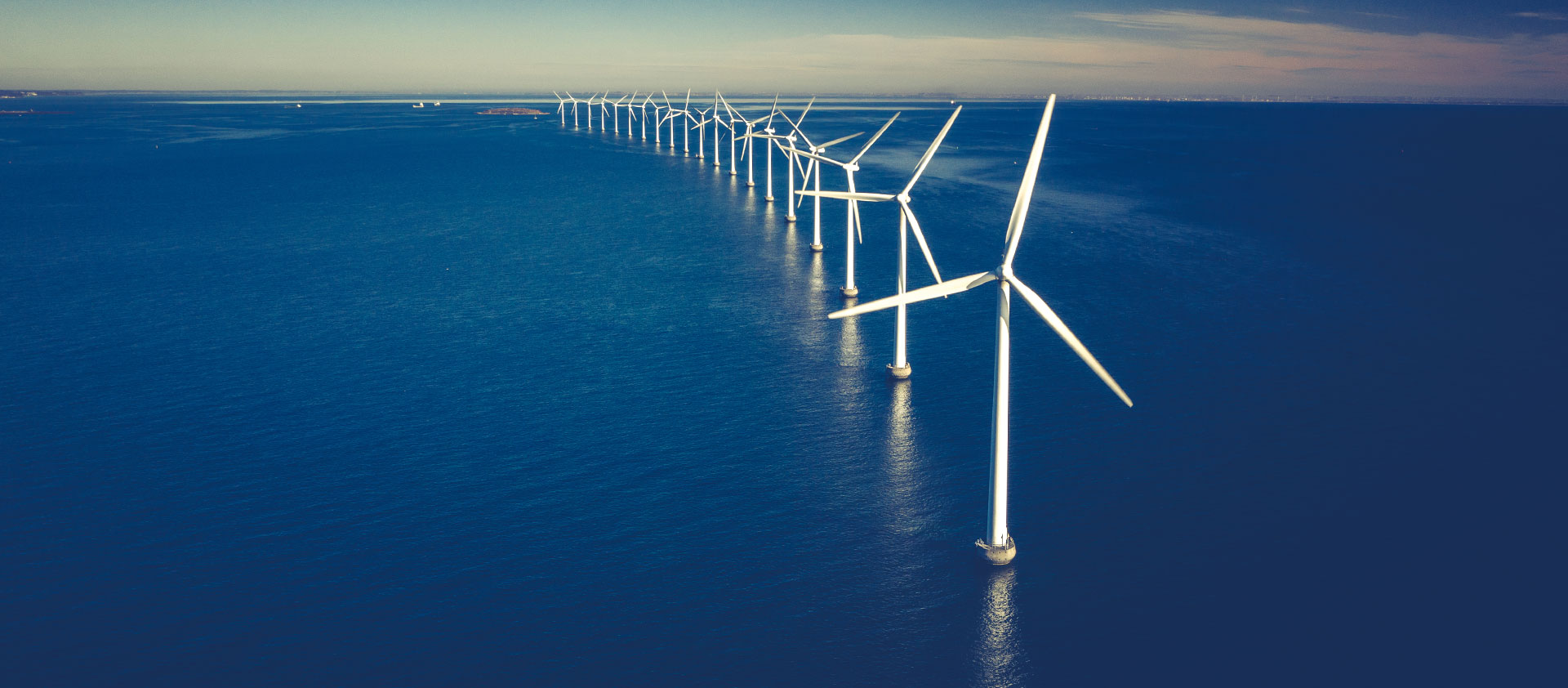AER AGL Aluminium Batteries Battery Budget BYD CATL CBAM China Coal Critical minerals Decarbonisation Diesel DMO Election Electric Vehicle Electricity/electrification electrostate Energy crisis Federal Election Finance Sector & Emissions Gas Green Iron/Steel Hydrogen India & Adani Methane Nuclear offshore wind Oil OP EDS Peter Dutton Podcasts Renewables Solar Tariff Taxes and subsidies US IRA/EU NZIA et al Wind
Federal funds earmarked for WA’s energy transition sitting idle after two years
ABC News
Big miners have banked $60b in diesel fuel tax credits
The Australian Financial Review
OP ED | Capping Australia’s biggest fossil subsidy is the productivity reform we can’t afford to ignore
Renew Economy
Call to screw the cap on $11 billion diesel subsidy
Canberra Times
MEDIA RELEASE | Diesel Fossil Fuel Subsidy Must be Slashed to Decarbonise Mining, Boost Productivity; Fortescue Backs Reform
___
Why China is becoming the world’s first electrostate
ABC News
Australia’s biggest battery now on standby to prevent NSW power blackouts
The Guardian
Why this tradie loves his EV (Hint: It’s Labor’s EV subsidy)
The Australian Financial Review
OP ED | Trump has left the door open on clean energy
The Australian
Green hydrogen hype fades but future hopes are bright
Canberra Times
PODCAST | Tim & Grant McDowell on Spark Club: Australia’s Energy Transformation Progress
Spark Club Podcast
Adani promised Australia billions from its Carmichael mine but it hasn’t paid a cent in tax. How did we get here?
The Guardian
